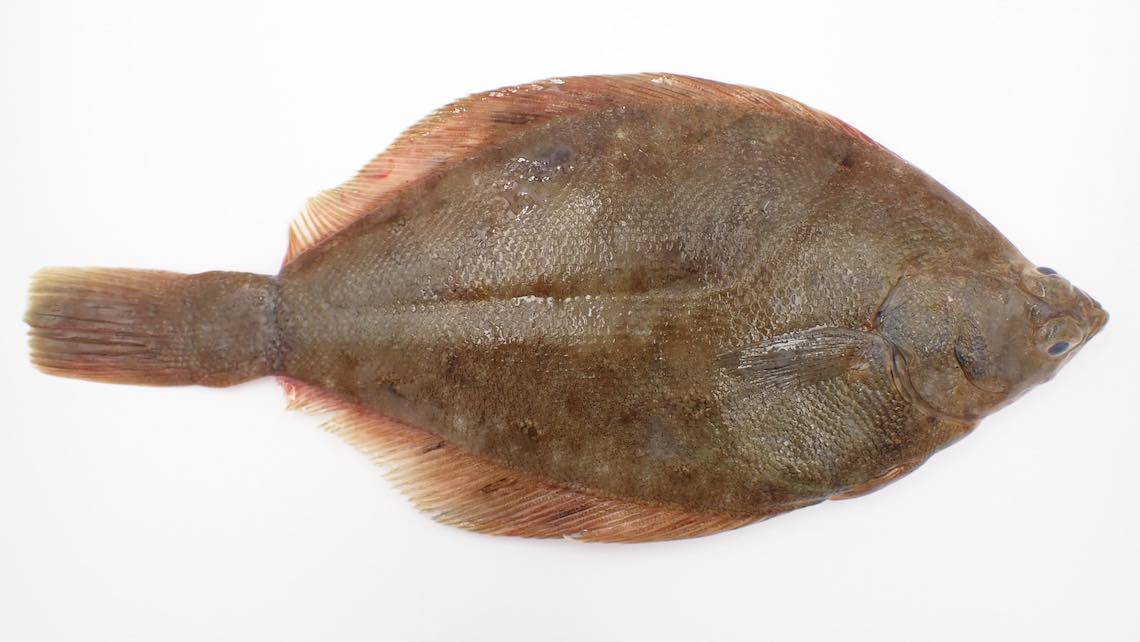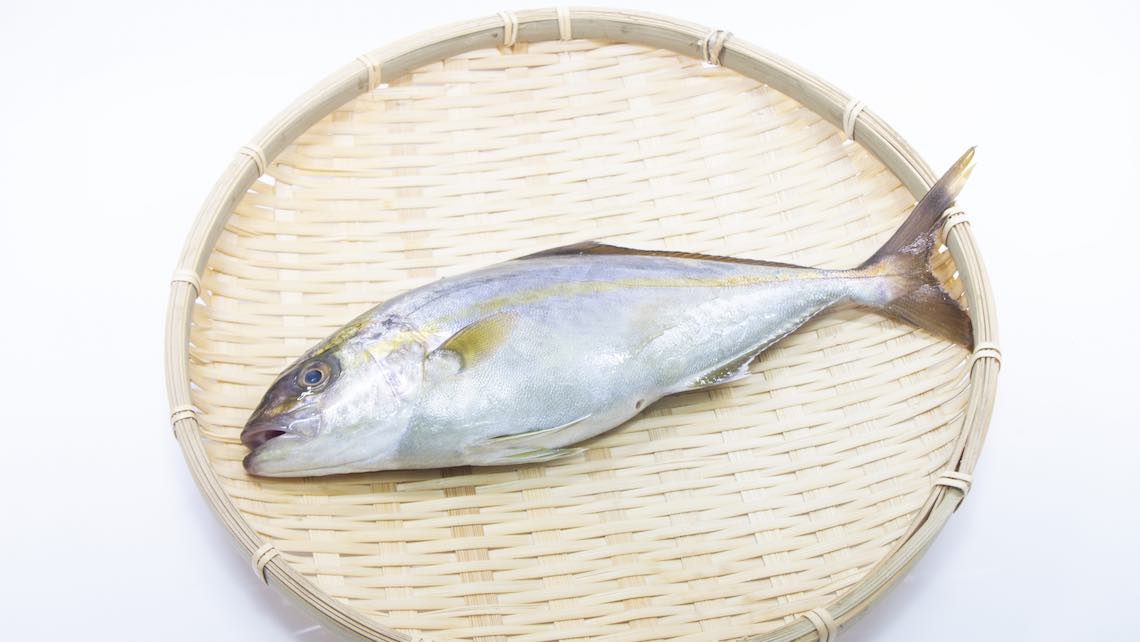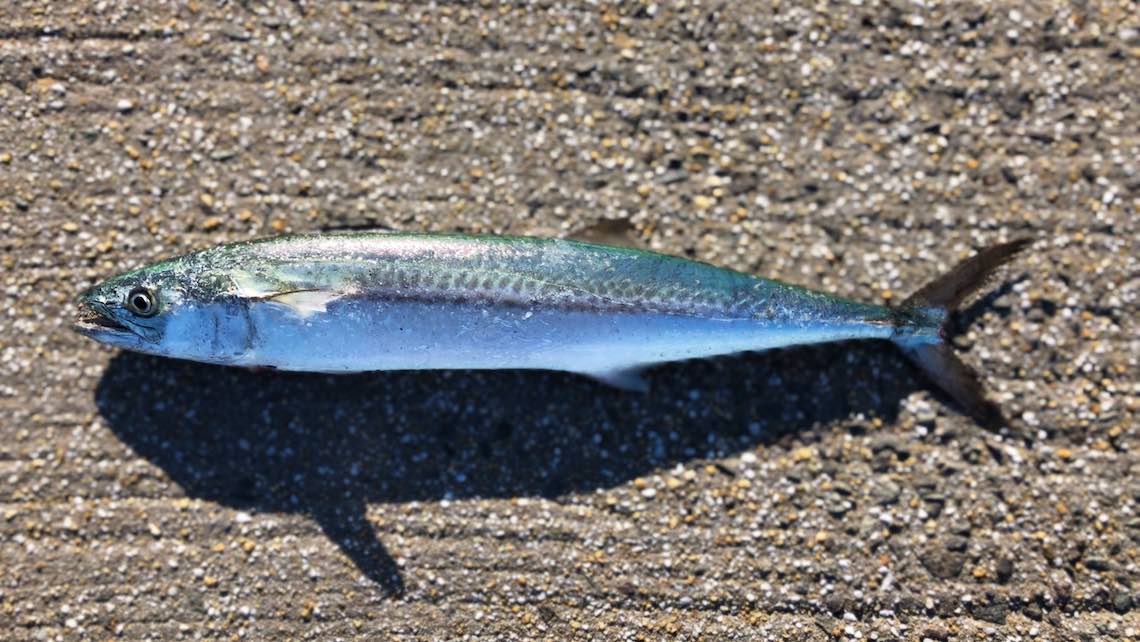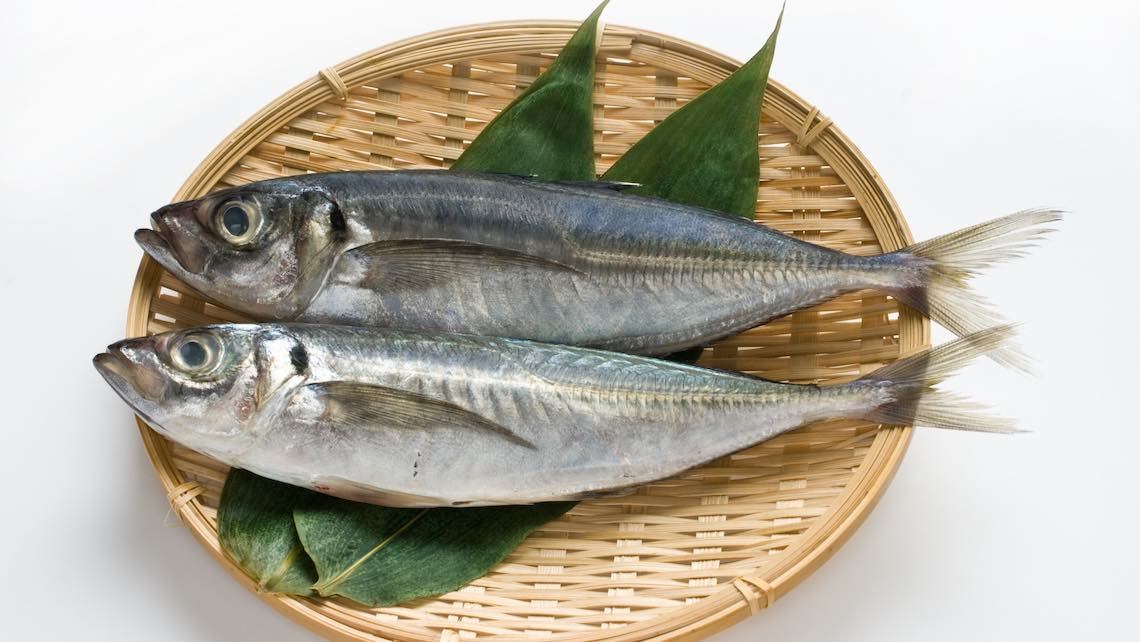Conger Eel [Anago]
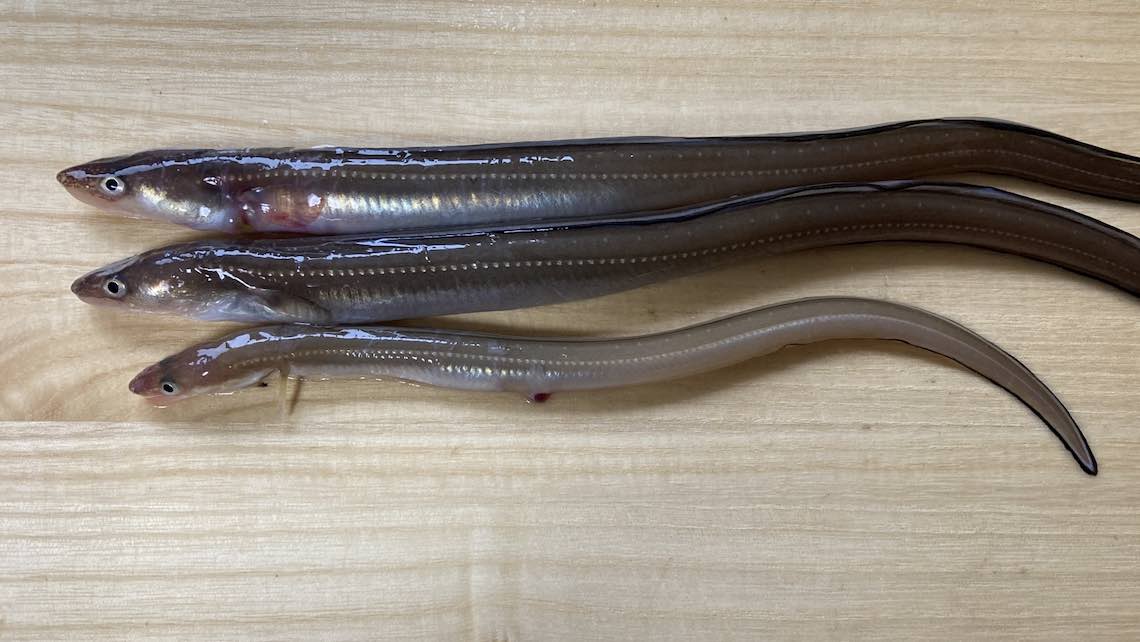
Japanese Name and Pronunciation:

[anago]
Anago, known as conger eel in English, which is abundant in Japanese coastal waters such as Ise Bay, Sendai Bay, Tokyo Bay, Osaka Bay, the Seto Inland Sea, and along the Japan Sea coast, is a widely caught species. It is distinct from “unagi,” which is another type of freshwater eel commonly consumed in Japan. While both anago and unagi belong to the eel family, they have notable differences in taste, texture, and appearance.
One of the key distinctions lies in the flavor profile. Anago is renowned for its delicate and subtle taste, offering a milder and more refined experience compared to unagi. The flesh of anago is tender, with a slightly firmer texture, making it an exquisite choice for grilling and other cooking methods.
Anago is available throughout the year, but its peak season, known as “shun,” is generally considered to be from June to August, during the summer. Anago during this time is characterized by its low fat content and refreshing, mild taste. It is quite unusual as most fish are considered to be in their prime during the period when they have the highest fat content, but anago is an exception due to its preference for a milder flavor, making the non-fatty summer months its peak season.
Summer anago is best enjoyed as tempura, showcasing its delicacy. However, the period from October to December, when anago has more fat, is also popular. During this time, anago has a richer and more robust taste, similar to that of unagi (freshwater eel). Winter anago is particularly delicious when prepared as “nitsuke,” a simmered dish with a deep, flavorful sauce.
Both summer and winter anago offer unique flavors, so I recommend trying both to discover your favorite peak-season variety.
In Japanese cuisine, anago is featured in various preparations, including “anago sushi,” where it is served as a delightful topping over vinegar-seasoned sushi rice.
As for the health benefits, anago is a nutritious choice, packed with proteins, vitamins, and minerals. Its fatty acids, such as DHA and EPA, contribute to promoting heart and brain health.
![Conger Eel Sushi [Anago]](https://itadakimasu-japan.com/wp-content/uploads/2023/07/anago_sushi-320x180.jpeg)


